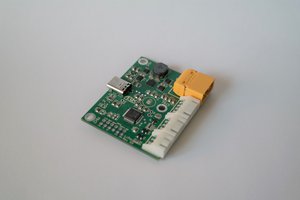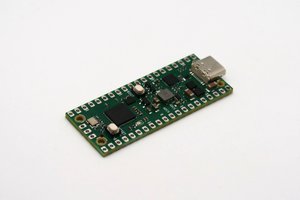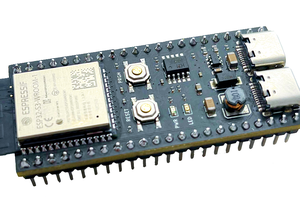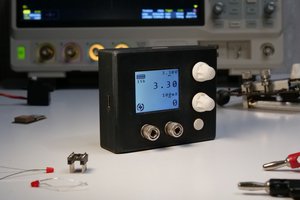Here are the main features:
-It has a total capacity of 93Wh (25000mAh) so it's airline safe
-Bidirectional USB C power delivery port 100W up to 20V
-Bidirectional adjustable DC port with adjustable voltage from 3-32V and adjustable current from 300mA up to 5A also 100W
-Both ports support MPPT tracking as universal voltage inputs and adjust the charging power based on the capabilities of the charger and the power drawn from the batteries
-Dual USB A ports each up to 25W 5-9-12V supporting all modern fast charging protocols
-Bright 280 lumen LED flashlight with adjustable brightness built in
-Passthrough mode supported so powerbank can be charged and power other devices at the same time
-Color screen shows all relevant information like input/output power, temperature of the batteries and the board, battery percentage, voltage, current and power of the DC port and enables the user to interact with the powerbank by the two buttons on the side.
Future features that i plan to implement:
-Adjustable discharge and charge limits of batteries which can increase the cycle count of batteries significantly
-Pin lock so the user can lock the powerbank from unauthorized use
-Adjustable output voltage and current also from the USB C port



 Alex Klimaj
Alex Klimaj
 CentyLab
CentyLab
 Marco Tabini
Marco Tabini
 Simen Sollihøgda
Simen Sollihøgda
how your progress with this project going?